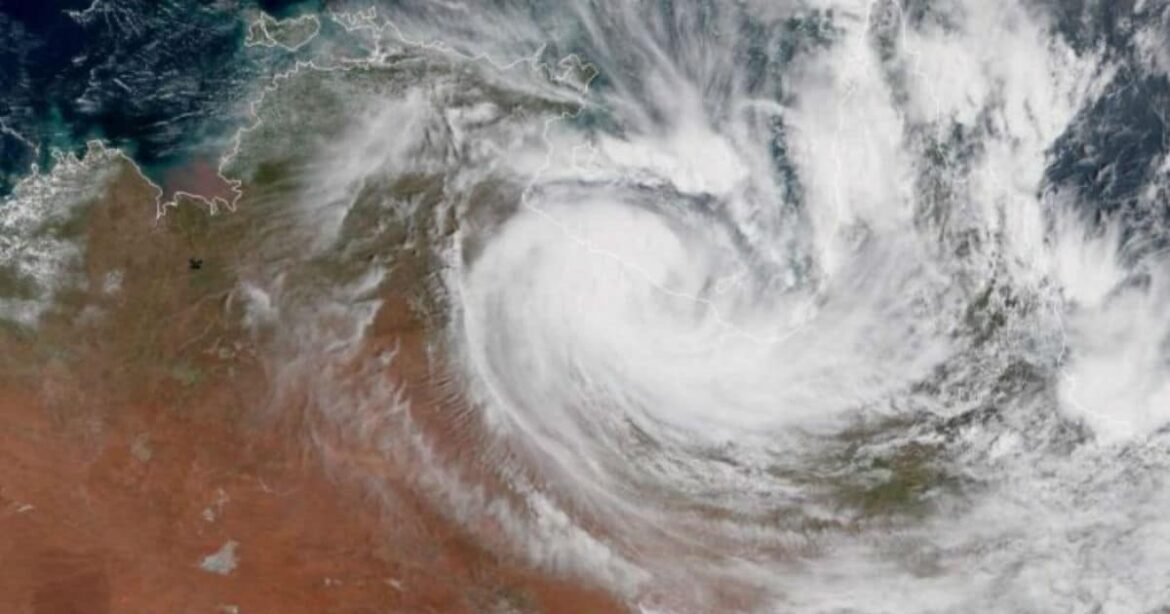2.1K
There are different types of cyclones: everyone has heard of tornadoes, hurricanes or typhoons. In this article we explain how they are classified and in which regions only certain cyclones can develop.
These cyclones exist: Simply explained
According to its speed, a cyclone is called a hurricane, typhoon, hurricane or tornado. In this country, the so-called Beaufort scale serves as the basis.
- The Beaufort scale is named after the British hydrographer Sir Francis Beaufort. It categorises wind speed into 12 levels: 0 means calm, at 12 there is a hurricane.
- When the wind speed exceeds 74 km/h, it is categorised as a storm (Beaufort scale: 9).
- If the speed is more than 117 km/h, it is called a hurricane (Beaufort scale: 12).
- Hurricanes or typhoons often reach a wind speed of more than 300 km/h.
- Hurricanes are those cyclones that can form over the Atlantic Ocean, in the east of the West Indies or in the Caribbean. They are therefore also called tropical cyclones.
- Typhoons are the extremely hot cyclones that form in the northwest of the Pacific Ocean or in the Asian region.
- Tornadoes, on the other hand, usually form from large thunderclouds of heated air. As the cold air falls, a vortex is formed. Tornadoes can reach speeds of over 400 km/h.

